Meet Marco DiGiacinto, owner of MD Tree Surgery.
Marco and his family moved to Fallon in 1982 when he went to work for a local tree trimming and pruning business. Within a year, his experience and knowledge of trees earned him a position as the crew boss. Since then, he has taken his love for trees and turned it into a successful business with an excellent reputation in the community.
Marco is a member of the International Society of Arboriculture (ISA) and ISA Certified Arborist. ISA is a non-profit organization serving the tree care industry. As a membership and credentialing entity, ISA promotes the professional practice of arboriculture. ISA supports tree care professionals through research, science, technology, and education as they continue in their field. As a certified arborist, Marco has six certification credentials, each with different requirements, earning him the highest level in arboriculture offered by the ISA.
With over 30 years of experience, Marco shared his concerns about tree health in the Lahontan Valley. "Our old-growth cottonwood and elm trees in Churchill County are being destroyed by topping and improper cutting or pruning of the trees," said Marco. "The importance of our trees and their contributions to our environment is essential."
MD Tree Surgery has contracts with the City of Fallon and the State of Nevada Highway Department to keep trees pruned and healthy. Marco says improper pruning happens when the branches are cut in the wrong location. There is a "collar" where a branch connects to the tree. Cutting into the collar damages the tree and the limb, not allowing the tree to heal correctly. This causes the tree to spend more energy repairing itself than doing its job of producing oxygen, creating photosynthesis that cleans tons of carbon from the environment, and simply being pretty.
Similarly, improper leaf pruning makes trees susceptible to diseases and parasites, which will eventually kill the tree or, at the very least, stunt the tree and leave it looking unsightly.
.jpg)
Topping trees or removing the canopy disrupts a tree's natural balance and ability to produce food for itself, explained Marco. Topping can cause trees to grow weak. Additionally, removing large amounts of leaves inhibits adequate photosynthesis, which the treen needs. Large open wounds created by topping provide easy entry points for insects and diseases, leaving the tree at a health risk. This is a highly damaging practice that significantly weakens the tree's structure and could lead to the tree's decline or death.
According to Marco, trees also play a vital part in a home's value. When a property appraisal is done, the number of trees is added to the property's overall value. Again, if a tree is improperly pruned or trimmed, it can weaken branches and, at some point, possibly break off and fall on homes, vehicles, or the unthinkable - on a person.
Zakkary Thomas, Foreman at MD Tree Surgery, strongly urges homeowners, other tree pruning companies, and citizens concerned about our ecosystem to check the International Society of Arboriculture website. He recommends finding an arborist with a certification number, much like a plumber or electrician contractor number, to discuss appropriate pruning or crown thinning methods.
Professional arborists spend thousands of dollars on the correct equipment to safely prune or thin a tree. The proper safety equipment is essential for the individual arborist's safety. For example, hard hats have built-in speakers for communication, and pants are designed to prevent technicians from getting entangled in the chain of a running saw. MD arborists are required to have ISA affiliation to be appropriately insured.
Marco and Zakkary emphasized caution when planting a new tree. Purchase a tree and plant based on its mature size to ensure it will be suitable for the desired area. In time, less harm will come to the tree from pruning.


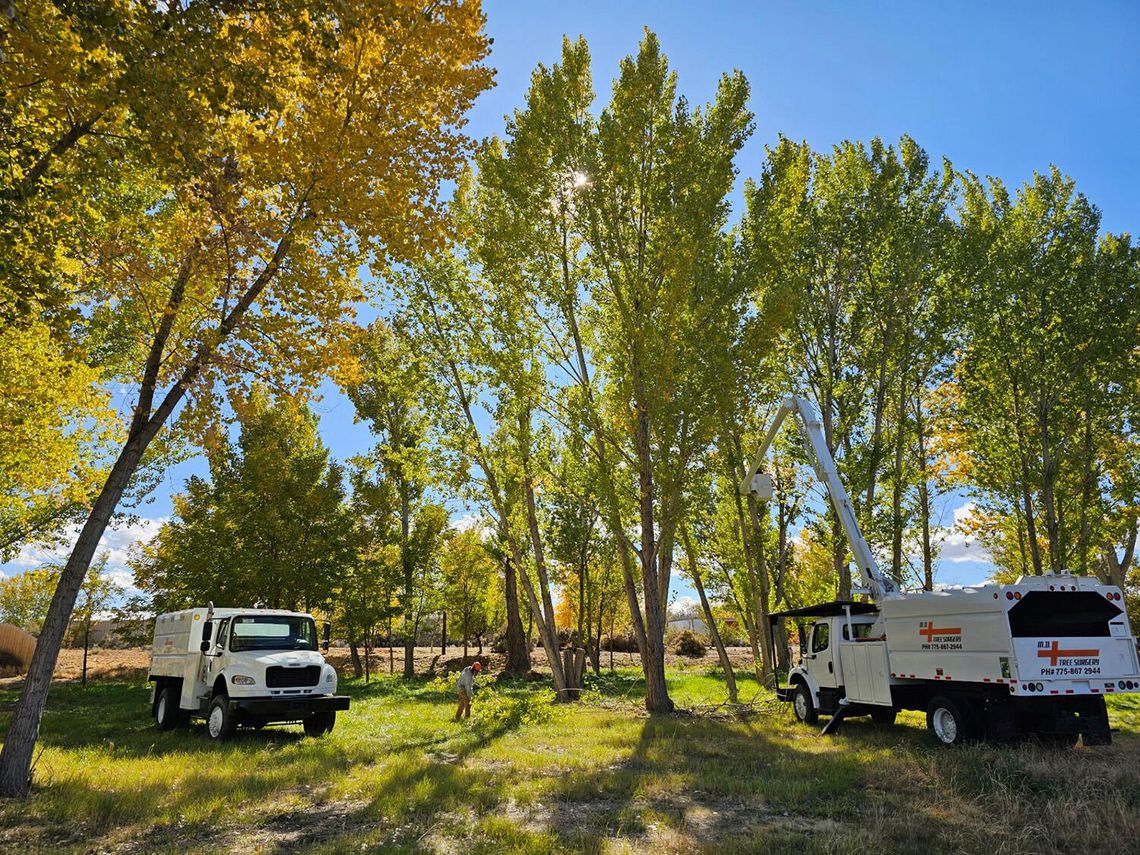
































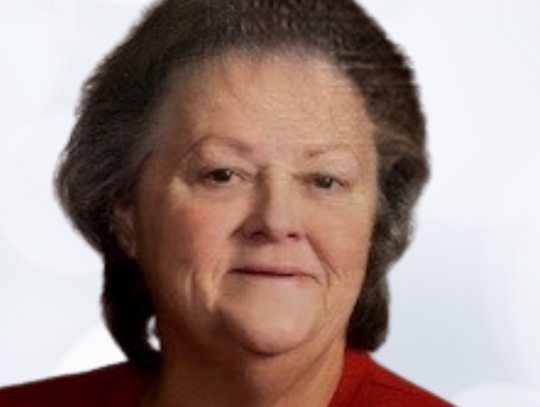
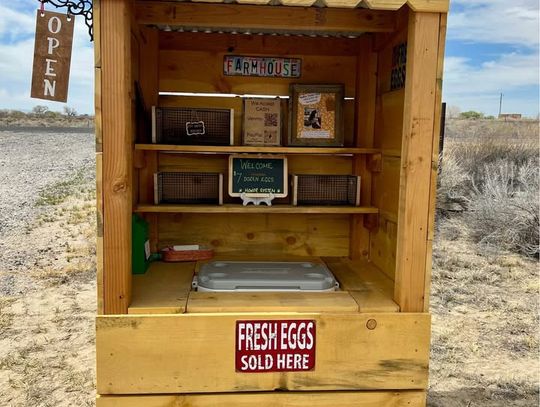
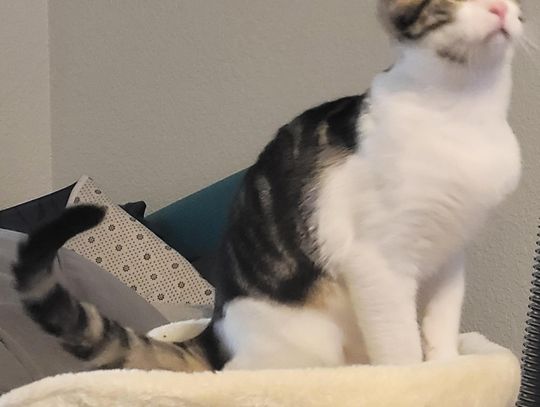
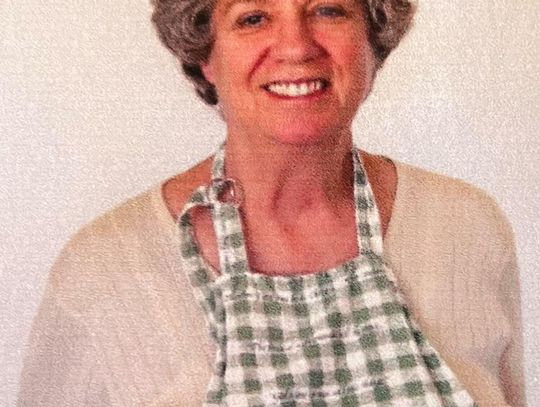



Comment
Comments